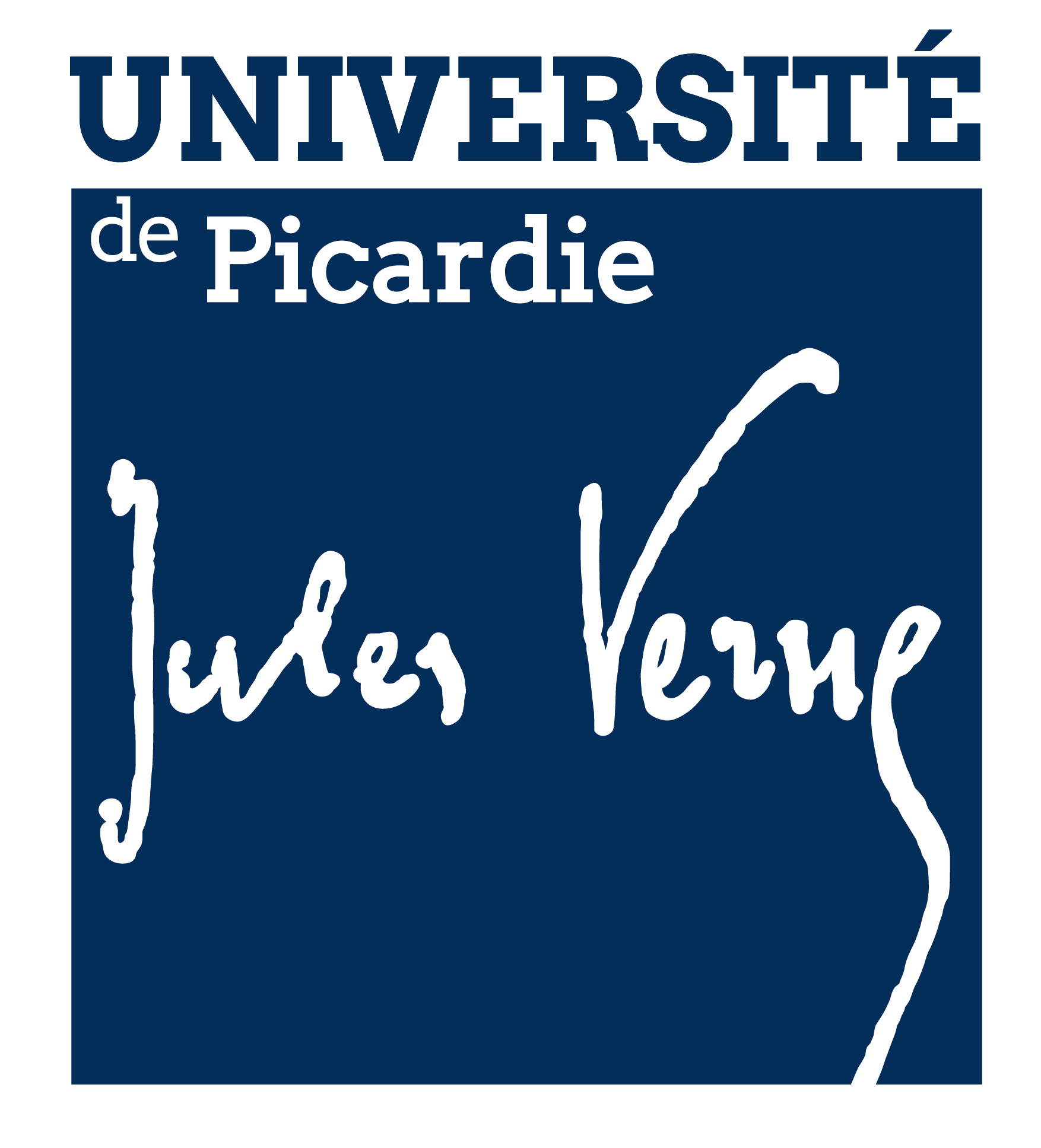-
Chemistry and Materials
-
Energy and Environment
Reactivity and Solid State Chemistry Laboratory (LRCS)
Research unit - UMR 7314
Today, at the Energy Hub in Amiens, we host a team of researchers,
teachers, engineers, technicians and administrative staff of around
twenty different nationality (36 permanent and 65 non-permanent). Our CNRS and UPJV researchers, professors and associated-professors are specialists in materials synthesis, electrochemistry, organic chemistry, formulation and multi-scale modeling.
Our Team achieves its objectives thanks to extensive state of the art
equipment (X Ray Diffraction, electronic microscopy, spectroscopy/spectrometry, photophysical measurements …) and in prototyping (calendaring machine, coating and winding machines for 18650 batteries).
All this expertise is necessary to hope to innovate in Energy storage and conversion.
As a fundamental research laboratory of excellence, the LRCS wishes to facilitate the technological transfer of research to industry through the hosting and animation of the RS2E pre-transfer platforms (18650 battery
prototyping, safety, upscale materials synthesis). We therefore work closely with the industrial sector to eventually transfer our discoveries and perhaps make you benefit them on a daily basis.
-
Mathieu MORCRETTE
Director -
Anne CHARBONNIER
Secretary
15 rue Baudelocque
80039 AMIENS
https://www.lrcs.u-picardie.fr/

Effectif
Effectif total : 84
Personnel de recherche : 57
Personnel d'appui à la recherche : 4
Skills
The 5 research themes are:
1. Syntheses, surfaces, interfaces:
• Bio-assisted approaches for electrode synthesis and texturing,
• Electrochemical measurements of surface energies and measuring cells,
• Nano-containment of H2 and electrode storage materials, electrosynthesis (electrodeposition) of 3D battery electrode materials,
• Improved active matter/collector interfaces, understanding of (electro)chemical mechanisms
2. Crystallographic chemistry and research for new inorganic materials:
• New materials for hydrogen storage,
• Research and understanding of electrochemical reactivity mechanisms of new fluoro and oxyphosphates of transition elements (V, Fe, Ti),
• Synthesis and evaluation of new polyanionic structures: silicates, phosphates, sulphates,
• Inorganic ion and electrode conductors for all-solid electrochemical devices,
• Positive electrode materials for Na-Ion batteries
3. Organic, hybrid and polymer energy materials:
• New organic electrode materials for organic batteries,
• Modeling of molecular and organized organic systems,
• Development of electrolytes and polymer binders for Li-ion batteries,
• Organic-inorganic hybrid systems
4. Electrochemistry and optimization of electrochemical storage devices:
• Electrochemical reactivity of hydrides to lithium: study of conversion mechanisms,
• Solid systems,
• New Redox Flow systems,
• Modification of lithium metal-based negative electrodes,
• Optimization of silicon-based electrodes,
• Optimization and aging of positive industrial electrodes, 3D batteries, thick electrodes, liquid electrolytes for Li-ion and Na-ion batteries (degradation, formulation, safety).
5. Photo-electrochemistry and photovoltaic devices:
• Understanding degradation mechanisms in dye cells and developing a new generation of more stable and efficient molecules,
• Development of sensitizers for conversion of IR
• Bi-functional electrodes combining energy conversion and storage for photo-rechargeable batteries,
• Cells based on Perovskite structures,
• Photocatalysis.
Example(s) of projects
The aim is to develop high-performance tandem systems using the selective conversion of the UV part (<450nm) and the NIR part (>700nm) of the solar spectrum thanks to the combination of perovskite cells and dye allowing to expect up to 14% efficiency, transmittance greater than 75% and a life of 25 years
2. H2020: BIG MAP (2020-2023): 🡭
The BIG MAP project targets the development of artificial intelligence capable of predicting and optimizing electrolyte/solid interphases in lithium ion batteries.
3. H2020: SONAR (2020-2023): 🡭
The SONAR project is developing simulation tools to identify optimum electroactive materials for aqueous or aqueous electrolyte-based redox flow batteries
organic.
4. ANR PRC DEOSS (2019-2023): 🡭
Development of organic batteries using solid electrolytes. The DEOSS project aims to develop solid electrolytes based on COF (Covalent Organic Framework) for an application in the field of organic batteries in order to circumvent the recurring problems related to their solubility in traditional liquid electrolytes.
Example(s) of publications
2. Ana Cristina Martinez, Walid Dachraoui, Rajesh Murugesan, Emmanuel Baudrin, Arnaud Demortière, Matthieu Becuwe,
Surface modification of LiFePO4 nanoparticles through an organic/inorganic hybrid approach and its impact on electrochemical properties,Colloids and Surfaces A: Physicochemical and Engineering Aspects,Volume 645, 2022, 128952, ISSN 0927-7757, 🡭
3. An Asymmetric Sodium Extraction/Insertion Mechanism for the Fe/V-Mixed NASICON Na4FeV(PO4)3
Sunkyu Park, Jean-Noël Chotard, Dany Carlier, Iona Moog, Mathieu Duttine, François Fauth, Antonella Iadecola, Laurence Croguennec, and Christian Masquelier
Chemistry of Materials 2022 34 (9), 4142-4152 , 🡭
4. Mathematical Modeling of Energy-Dense NMC Electrodes: I. Determination of Input Parameters
Tuan-Tu Nguyen et al 2022 J. Electrochem. Soc. 169 040546. 🡭
5. Scharf, J., Chouchane, M., Finegan, D.P. et al. Bridging nano- and microscale X-ray tomography for battery research by leveraging artificial intelligence. Nat. Nanotechnol. 17, 446–459 (2022). 🡭
All publications can be found here : 🡭
Collaborations/Partners/Private Clients
Services provided
Consulting services
Affiliated institutions / organisations
Groups/Networks/Federations
Doctoral schools
Regional strategic areas of activity
- Chemistry and Materials
- Green chemistry
- Textiles, composites, materials
- Energy and Environment
- Energy efficiency and storage
- Renewable energies



